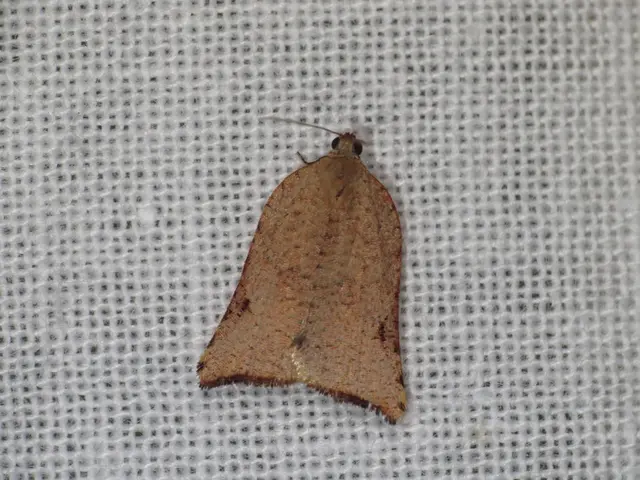Chinese AI researchers leading the pack, Beijing emphasizes to BRICS: Daily SCMP underscores
**Headline:** Majority of World's Top AI Brains Identified as Chinese, as Australian Prime Minister Anthony Albanese Prepares for Visit to China
In a groundbreaking study focusing on high-impact papers in the field of artificial intelligence, it has been revealed that the majority of the world's top 100 brains in this sector are of Chinese origin. The study, which includes nearly 200,000 researchers and 100,000 high-impact papers, does not specify the exact number of Chinese AI scientists in the top 100 or provide any information about their current positions.
Meanwhile, Australian Prime Minister Anthony Albanese is set to visit China next week, a trip that is expected to include discussions beyond typical diplomatic niceties. The specific topic of the discussions during the visit is not detailed, but it may involve the sale of Darwin Port, a strategically important port in northern Australia.
The visit will mark Albanese's second official visit to China. The first took place in 2022, during which he met with Chinese President Xi Jinping. The upcoming meeting is also expected to include a meeting with Xi Jinping, although the details have not been disclosed.
The news of the visit comes at a time when US-China trade relations are showing signs of improvement after years of escalating tariff wars. Following former President Donald Trump's threat to boost tariffs for what he called "anti-American" policies, US-China trade relations in 2025 have seen significant fluctuations but recently have moved toward a partial thaw and negotiated compromises.
In April 2025, Trump raised tariffs on Chinese goods dramatically, with rates reaching up to 104% and a de minimis duty to 90% as part of a punitive measure against China’s trade policies deemed anti-American. However, by May 12, 2025, a joint statement between the White House and China’s Ministry of Commerce led to an agreement to reduce reciprocal tariffs substantially, from 125% down to 10% for a 90-day period.
By June 2025, a new US-China Trade Deal was reached that aimed to address key issues such as market access, intellectual property protection, and the removal of many tariffs that had been imposed during the trade war. Despite the trade deal and tariff reductions, some tariffs remain in place. Trump announced that US tariffs on Chinese goods would be maintained at 55%, which includes a baseline 10% reciprocal tariff on nearly all US trading partners, a 20% tariff on all Chinese imports, and previous 25% levies from his first term. China’s tariffs remain at 10%.
The trade relations remain complex and somewhat tense but have moved from escalating tariff wars to negotiations aimed at stabilizing trade flows and reducing barriers. Both sides have signaled willingness to abide by the new agreements, aiming to prevent further tariff escalations and fostering economic growth and market opportunities.
As Albanese prepares for his visit to China, the focus remains on the potential for improved economic relations between the two countries, with the possibility of further negotiations on key issues such as trade agreements and infrastructure projects. The visit will undoubtedly be a significant event in the ongoing relationship between Australia and China.
- As the Australian Prime Minister, Anthony Albanese, prepares for his diplomatic visit to China, the potential for collaboration and advancements in fields like artificial intelligence, an area where China dominates, could be a topic of discussion.
- Simultaneously, the development and progress in science, technology, and economy, particularly in areas such as artificial intelligence, are likely to catch the attention of the leading Chinese AI brains identified in the recent study during the impending discussions with the Australian delegation.




